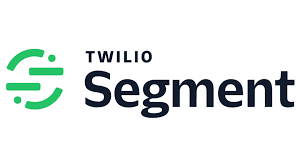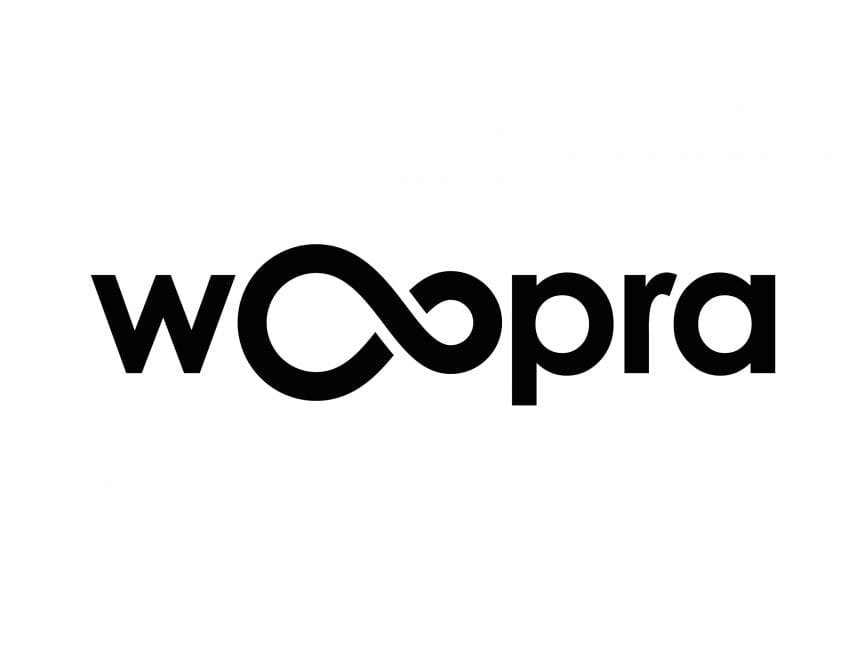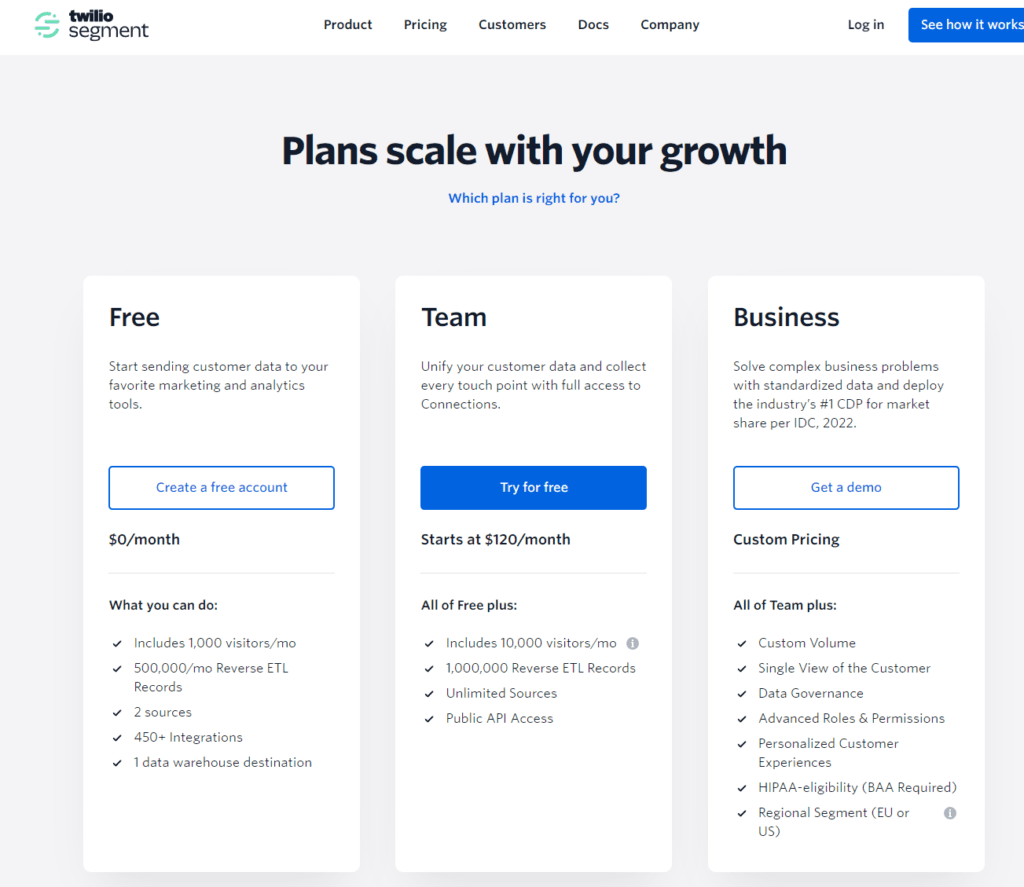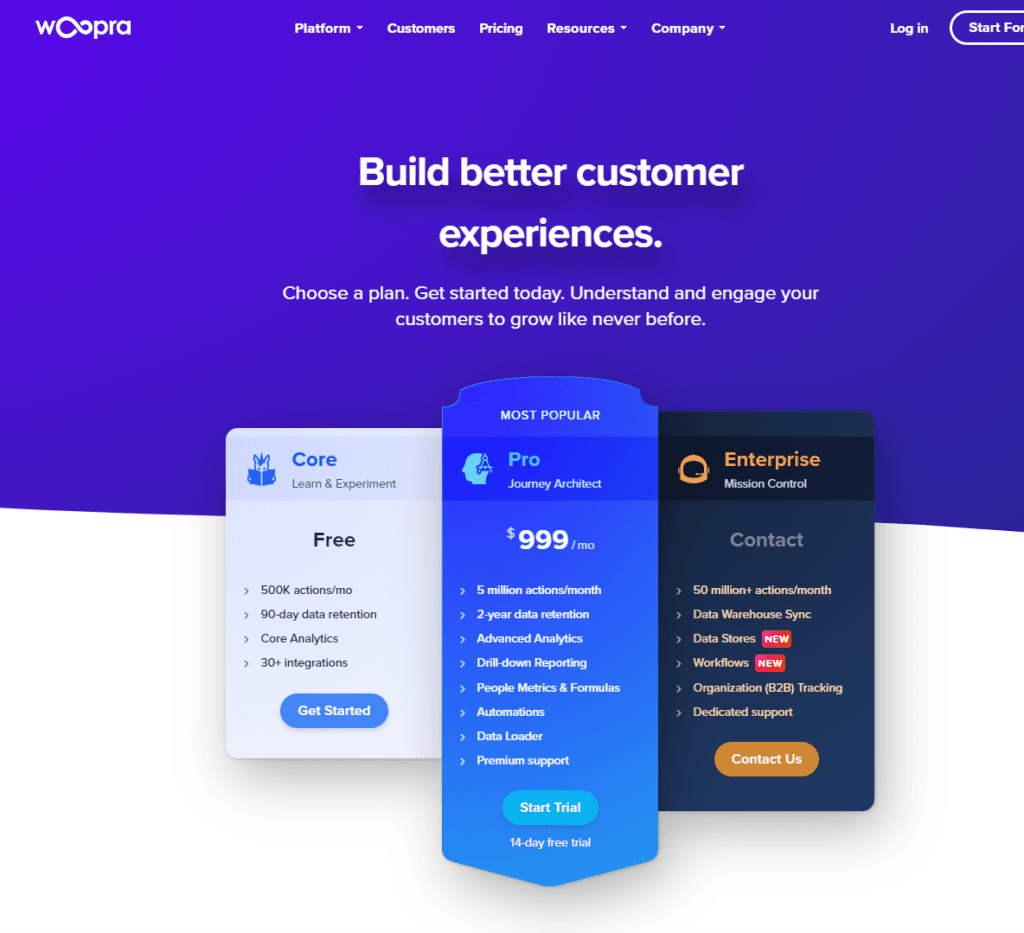Navigating the vast sea of analytics tools can often feel like searching for a beacon in the fog—daunting, yet crucial for charting your business’s course towards success. Among the myriad of options, Segment and Woopra stand out as two lighthouses, guiding businesses with their unique insights into customer behavior and data integration capabilities. But which beacon should you steer towards? Whether you’re a budding startup eager to understand your user journey or an established enterprise looking to refine your data strategy, the choice between Segment and Woopra is pivotal. Let’s embark on this exploration, starting with a vital aspect of any analytics tool: Data Integration and Management.
Segment | Woopra |
|---|---|
| G2 Score – 4.6 out of 5 stars | G2 Score – 4.4 out of 5 stars |
| TrustRadius Score – 8.3/10 | TrustRadius Score – 5.8/10 |
Data Integration and Management
The cornerstone of insightful analytics lies in the ability to collect, manage, and integrate data from various sources seamlessly. Here’s how Segment and Woopra fare in enabling businesses to navigate the complex waters of data integration and management.
Segment:
At its core, Segment is a customer data platform designed to be the central hub for your data, collecting inputs from various touchpoints and routing them to over 300 integrations. Its power lies in simplifying the data pipeline—consolidating data collection, standardization, and transfer into a single, manageable flow. For businesses drowning in data from disparate sources, Segment offers a lifeline, enabling them to unify their data for comprehensive analysis without the need for cumbersome, manual integration work. This makes Segment particularly appealing for businesses with extensive digital ecosystems seeking to streamline their operations and gain a unified view of their customer interactions across multiple platforms.
Woopra:
Woopra focuses on providing end-to-end customer journey analytics, offering robust data collection and management tools that allow for a granular look at user behavior. Unlike Segment, which primarily acts as a data conduit, Woopra emphasizes direct analysis within its platform, integrating data from multiple sources to deliver real-time insights into individual customer journeys. This focus on in-platform analysis supports businesses in not just collecting and managing data but also in immediately applying those insights to enhance customer experiences. Woopra’s approach caters to companies looking for an analytics solution that not only consolidates data but also offers powerful, actionable analytics capabilities out of the box.
User Behavior Insights
The depth and clarity with which an analytics tool can reveal user behavior play a pivotal role in shaping user experience, marketing strategies, and product development. Here’s a closer look at how Segment and Woopra provide insights into user behavior.
Segment:
While Segment is primarily a customer data platform designed for data integration, it serves as a powerful foundation for analyzing user behavior by funneling data into specialized analytics tools. Segment itself doesn’t analyze data; instead, it ensures that all user interactions across your websites, apps, and other digital touchpoints are meticulously captured and sent to tools that do. This means the quality of user behavior insights you can glean depends on the analytics integrations you choose to connect with Segment. The advantage here is flexibility—you can tailor your analytics stack to your specific needs, using Segment as the backbone to ensure consistent, comprehensive data collection.
Woopra:
Unlike Segment, Woopra specializes in providing direct, in-depth analytics on user behavior through its platform. With features like real-time analytics, customer journey tracking, and advanced segmentation, Woopra offers businesses a granular view of how individuals interact with their digital properties. This focus on detailed behavioral analysis within the platform itself makes Woopra especially valuable for businesses looking to understand and optimize the customer experience without needing to juggle multiple analytics tools. Woopra’s built-in analytics capabilities allow for immediate action on insights, from personalizing user interactions to adjusting marketing tactics and improving product features based on user behavior patterns.

Related: Check out our free SEO suite

Ease of Use and Learning Curve
An analytics tool’s usability and the time required to master its features directly influence how quickly a team can leverage it to inform decisions and implement strategies. Here’s a closer look at the user experience offered by Segment and Woopra.
Segment:
Segment’s platform is designed with a focus on data integration, acting as a central hub for collecting, unifying, and routing data across your analytics stack. While powerful, this specialization means that Segment has a more technical setup process, requiring a good understanding of data schemas and integration points. This complexity can present a steeper learning curve, particularly for users without a technical background or those new to data integration concepts. However, Segment offers extensive documentation, tutorials, and customer support to help users navigate the setup process and maximize the platform’s capabilities.
Embarking on the Segment journey, users encounter a platform that, at first glance, may seem like a complex network of data pipelines and integrations. This perception is not unfounded, as Segment’s robust framework is engineered to tackle sophisticated data management challenges. The initial steps into Segment’s environment involve setting up data sources, configuring destinations, and understanding the flow of data across your digital ecosystem.
This process, while initially demanding, is supported by a comprehensive suite of guides and documentation designed to illuminate the path forward. The investment in learning to navigate Segment’s capabilities pays dividends in the form of a highly customized data infrastructure, capable of evolving with your business needs. Mastery of Segment enables organizations to orchestrate their data with precision, ensuring the right information reaches the right tools at the right time.
Woopra:
Woopra, focusing on providing end-to-end analytics within its platform, places a strong emphasis on user experience. Its interface is designed to be intuitive, allowing users to easily track customer journeys, analyze user behavior, and create custom reports without extensive technical knowledge. This approachability makes Woopra particularly appealing to businesses looking for a comprehensive analytics solution that can be quickly adopted across teams. The platform also provides detailed documentation and support, but the overall emphasis on in-platform analysis ensures a gentler learning curve compared to more technical, integration-focused tools.
Woopra’s approach to user experience is akin to welcoming users into a conversation, rather than a technical workshop. From the outset, Woopra emphasizes accessibility, presenting a platform where valuable user insights are not locked behind complex configurations or technical barriers. The interface invites exploration, with intuitive controls and visual cues guiding users through the process of tracking customer journeys, analyzing behavior, and creating reports.
This approachability does not mean a compromise on depth or functionality; rather, Woopra cleverly balances simplicity with powerful analytics capabilities. Users find themselves quickly moving from initial curiosity to confident application of insights, enabled by a platform that demystifies data analysis and emphasizes direct, actionable outcomes.
Customization and Flexibility
The ability to customize your analytics platform and its flexibility to adapt to your evolving business needs can significantly enhance the insights you derive and the actions you take. Here’s how Segment and Woopra measure up in offering customizable and flexible analytics solutions.
Segment:
Segment’s platform is built on the principle of flexibility and customization. It allows for the collection and routing of data across a wide variety of tools, giving businesses the freedom to choose how and where to analyze their data. This extensive integration capability ensures that Segment can adapt to virtually any data strategy, providing the flexibility to change tools and platforms as your needs evolve. Moreover, Segment enables customization at the data collection stage, allowing businesses to define specific events and properties that align with their analytics goals. This level of customization makes Segment highly adaptable to a range of business requirements, from startups to large enterprises with complex data ecosystems.
Woopra:
Woopra offers a degree of customization within its analytics platform, particularly in how data is analyzed and reported. Users can create custom segments, funnels, and reports, tailoring the analytics view to meet their specific business questions. While Woopra may not offer the same breadth of data integration as Segment, its in-platform customization options are powerful for businesses focused on understanding and optimizing the customer journey. Woopra’s flexibility lies in its ability to adapt reports and analytics to the evolving needs of the business, ensuring that insights remain relevant and actionable.
Pricing and Value Proposition
The cost of an analytics solution, coupled with the value it delivers in terms of insights, efficiency, and strategic alignment, is a critical consideration for businesses evaluating their options. Here’s an overview of how Segment and Woopra position themselves in terms of pricing and the value they offer.
Segment:

Segment’s pricing model is structured to scale with the complexity and volume of your data needs. It offers a free tier for smaller businesses or those just starting their data integration journey, which includes basic data collection and integration capabilities. As businesses grow and their data needs become more sophisticated, Segment provides several paid plans that increase in price based on the number of monthly tracked users and the breadth of features required.
The value proposition of Segment lies in its ability to serve as a comprehensive data infrastructure hub, significantly streamlining data collection, integration, and management across a wide array of tools. For businesses looking to consolidate their data operations and enable sophisticated, cross-tool analytics, Segment offers a strong ROI despite the potentially higher cost associated with its advanced plans.
Woopra:

Woopra’s pricing is also tiered, designed to accommodate businesses of varying sizes and analytics maturity. Starting with a free plan that caters to basic analytics needs, Woopra scales up to offer more advanced features, including detailed segmentation, comprehensive funnel analytics, and custom reporting, at higher price points. Woopra’s value is derived from its ability to provide deep insights into customer behavior and the customer journey within its platform, minimizing the need for external analytics tools for businesses focused on optimizing their user experience and engagement strategies. This makes Woopra an attractive option for businesses seeking an all-in-one analytics solution with a straightforward cost structure.
Conclusion
As we wrap up our exploration of Segment and Woopra, it’s evident that each platform brings its unique strengths to the table, designed to meet varying analytics needs and strategic objectives.
Segment emerges as a robust solution for businesses prioritizing comprehensive data integration and management across a diverse array of tools and systems. Its capability to unify data collection and streamline the flow between multiple analytics, marketing, and data warehousing tools makes it an ideal choice for organizations navigating complex digital ecosystems or those poised for significant growth. The value proposition of Segment lies in its foundational support for a sophisticated, cross-channel analysis, facilitating a deeper understanding of customer interactions and behaviors across various platforms.
Woopra, with its focus on delivering in-depth insights into customer behavior and journeys directly within its platform, caters to businesses seeking actionable analytics to enhance user experience and engagement. Its strength is in its simplicity and immediacy, offering a user-friendly interface that allows for quick analysis and application of insights. This makes Woopra especially appealing to small to medium-sized businesses or teams with specific, focused analytics needs, providing a streamlined, all-in-one solution for understanding and optimizing the customer journey.
Read Next:
- GetResponse vs Zoho Campaigns: The Best Email Marketing Tool for 2024
- AWeber vs ActiveCampaign: The Best Email Marketing Tool
- Constant Contact vs Campaigner: Best Email Marketing Tool
- GetResponse vs Omnisend: The Best Email Marketing Tool for 2024
- AWeber vs Benchmark Email: The Best Email Marketing Tool





















